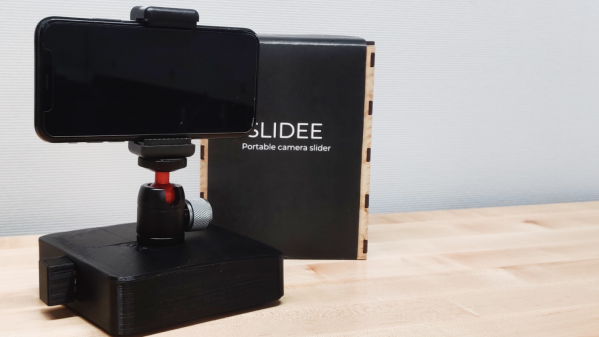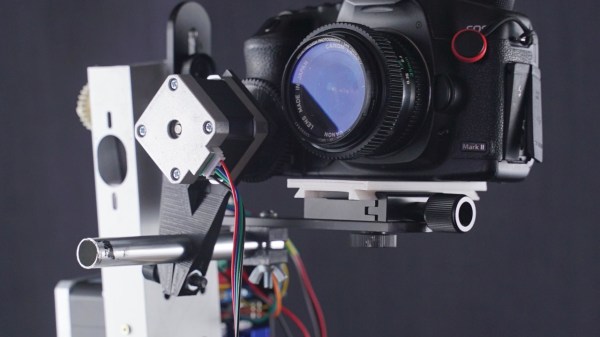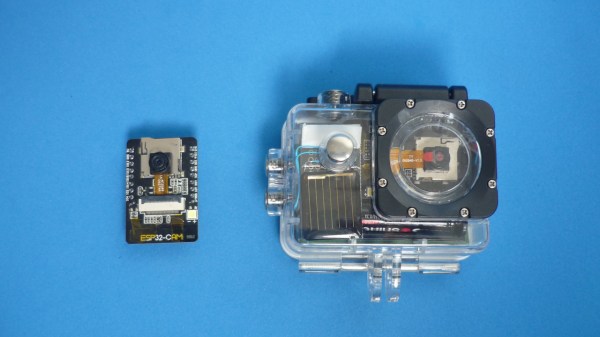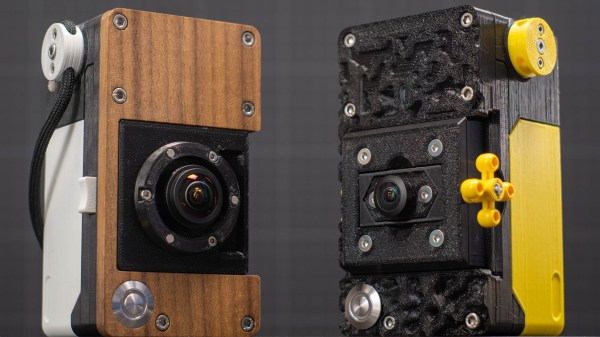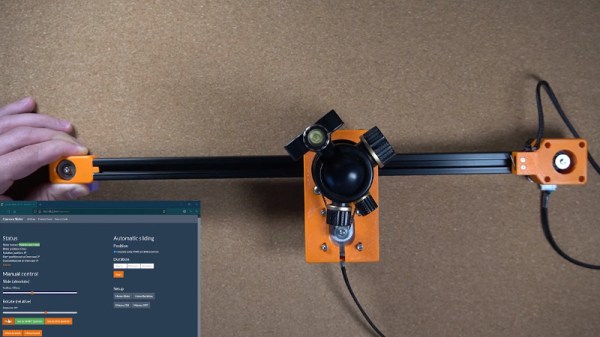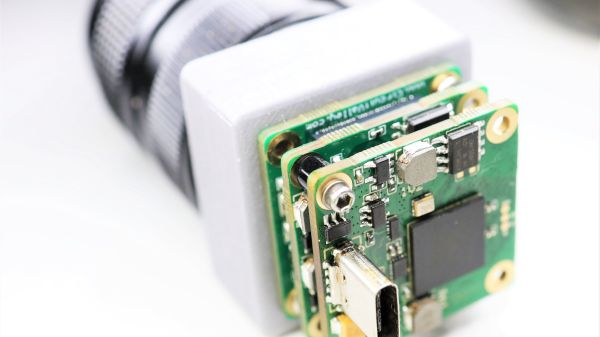Camera sliders are a great way to get smooth, continuous panning shots. You can buy off the shelf or build yourself a motorized model pretty easily these days. However, [Shivam Dehinwal] came up with a hack that’s even simpler again.
The design uses a 3D-printed base which mounts the camera on top. Four wheels are installed underneath to allow the base to roll on smooth surfaces.
Inside the base, there’s a slot to install a Komelon Touch Lock measuring tape, with the tape’s auto-retract mechanism used to create the sliding function. Pressing the center disc on the measuring tape brakes the tape retract mechanism. The harder you press, the more it slows down.
In the slider, this is achieved with a screw-in puck that contacts the tape measure’s brake. Tighten the puck down, and the tape measure retracts very slowly, moving the slider at a crawl. Leave the puck loose, and the tape measure retracts more quickly for faster panning shots.
It’s a neat way to build a camera slider, of which we’ve seen many before in the past. It never needs batteries and adjustment is as easy as turning a screw. Sometimes the simple ways have their charms. Video after the break.
Continue reading “A Hacky Automatic Camera Slider Using No Motors”

